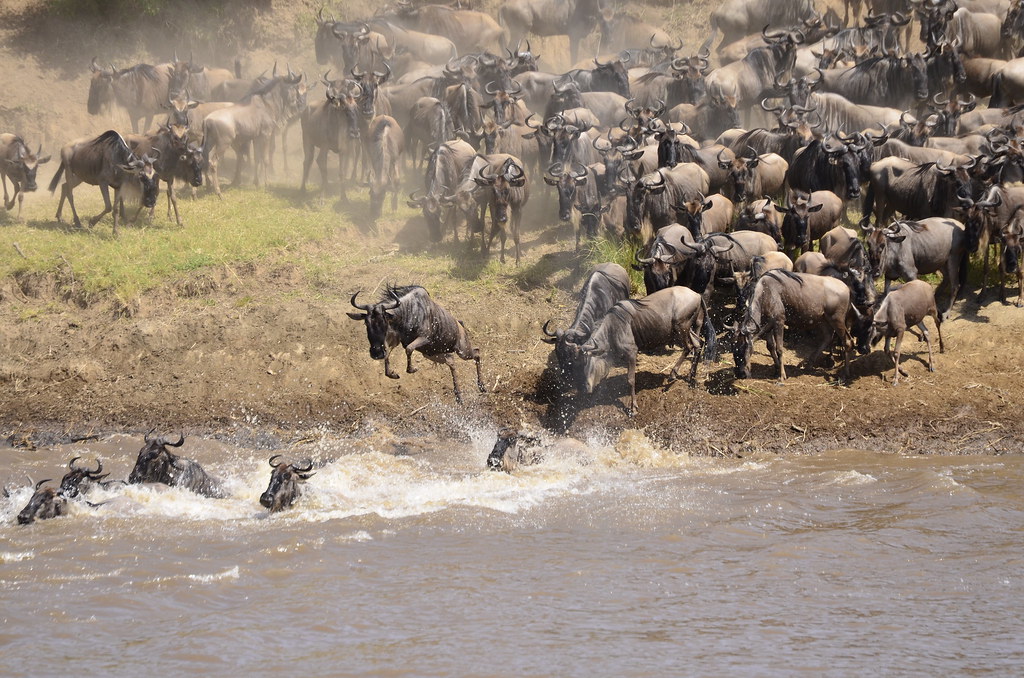The best wildlife viewing months in Tanzania are during the dry season from late June to October. The best chance of seeing the wildebeest migration in the Serengeti is during June and July and the time to see the wildebeest calving is late January to February.
The weather in Tanzania
The weather in Tanzania, situated within the tropic of Capricorn, varies little in its temperature range throughout the year sticking to an average of around 30 degrees Celsius during the day and dropping to a comfortable 15 at night.
The main variation to the impact of the temperature is both the humidity and the annual rains.
The main rains in the country arrive around the beginning of April and run through until the end of June, traditionally. We talk about where to head to in this period below but, needless to say, it is worth considering a raincoat as the downpours are full and often! The second, slightly less strong, rainy period, is from the beginning of November (around 2 weeks later on Zanzibar) to the middle of December, roughly speaking.
The humidity in Tanzania varies throughout the year with the driest and hottest period in the country starting in mid-June and running through to the end of October. This (as discussed below) is known as the “dry period” and is a reliable time to head out to Tanzania as it offers good game viewing along with a comfortable climate.
Late January to February is the time to see the calving in the southern Serengeti. This is an excellent time to see predator action. The scenery is green and beautiful. It’s low season, meaning lower rates and less crowded parks. Although wildlife is easier to spot in the dry season, you’ll still see plenty and most northern circuit parks offer good year-round game viewing. Migratory birds are present and bird-watching is at its best. Except for March, April and May, rains are mostly short afternoon showers and seldom have a negative impact on your trip.
March to May is the peak of the wet season. Most big wildlife has migrated out of Tarangire NP and game viewing in Katavi, Selous and Ruaha is clearly better during the dry season.


Comment (0)